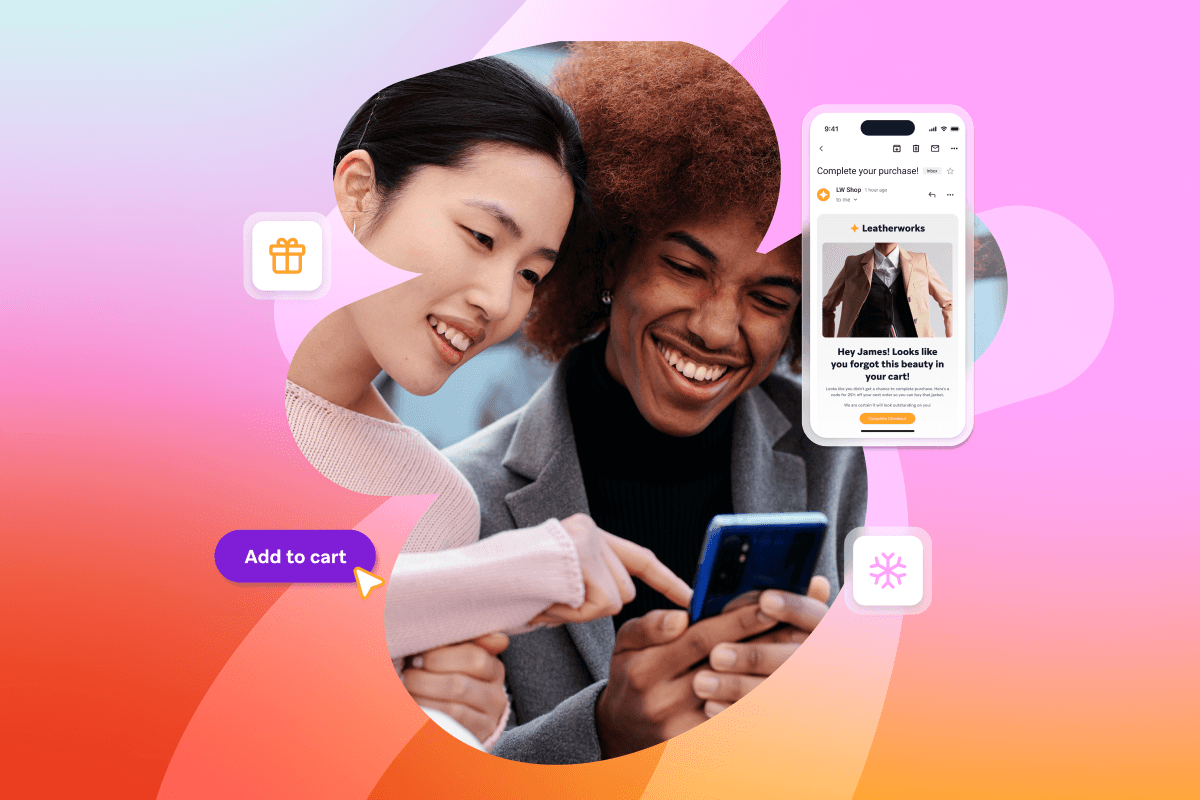5 Brands Sending Fourth of July Messages Worth Celebrating
Published on July 07, 2017/Last edited on July 07, 2017/4 min read


Team Braze
Ah, Independence Day—that annual excuse to bust out your grill, watch pyrotechnic experts practice their craft, and dress in an excessively patriotic fashion. It’s also a majorcultural tentpole, giving brands from a wide range of industries a good opportunity to reach out to their customers. But for that outreach to move the needle, it needs to stand out among the glut of holiday-themed messages that consumers are receiving.
To help marketers get there, we’ve rounded up this year’s strongest Independence Day outreach to explore how savvy brands are using the star-spangled holiday to build stronger relationships with their customers. Take a look!
1. Adobe Spark

No Fourth of July is complete without a party! This push notification from Adobe Spark effectively nudges recipients to take action by framing their message as a two-way street: Marion will bring the food and Spark will bring the people, the two basic ingredients of a good party. By positioning itself as the party planner’s idea assistant, Spark makes the seemingly daunting task of organizing an event feel achievable, making it more likely that recipients take them up on their offer of assistance.
The brand takes their message to the next level through its use of name-based personalization and emojis. By directly addressing customers by name, Spark further bridges the gap between brand and audience, forming a stronger bond with users by treating them as individuals and not just as a face in the crowd. And while the emojis do a lot to lighten the tone of these message, they’re not included exclusively for aesthetic purposes—they’re functional, adding context, breaking up the text, and making a potentially longer push notification shorter, clearer and more fun to read!
2. Whole Foods

Food is at the center of a great Fourth of July celebration—and Whole Foods knows just how to use that to their advantage. With clear, mouth-watering images, this eye-catching email from Whole Foods provides customers with easy recipes and tips to make their holiday BBQ a guaranteed success.
The key to this email? The compelling visuals. Sure, people love eating food, but nobody can resist the opportunity to take a picture of a good-looking plate. By depicting the final product of their recipes as Instagram-worthy, Whole Foods provides their customers with an underlying incentive to cook, requiring minimal effort. Plus, including pictures in marketing outreach is its own reward—after all, adding an image to a message increases related conversions by 57%.
3. Instagram

Speaking of Instagram, the leading picture-focused social media platform made sure to join in on the day’s celebrations. By putting together a simple, friendly (yet informative) message highlighting the app’s new holiday-specific stickers, Instagram sparks curiosity and nudges more of its users to check out the new offering. The frosting on the red-white-and-blue cupcake? The use of a good ‘ol American flag emoji. After all, can increase opens—including by more than 24% on Android.
4. OkCupid

Never underestimate the power ofclever copy with a dash of humor. OkCupid’s push notification both wishes users well and urges them to mix n’ mingle on the app. However, what is most memorable is their witty, holiday-specific take on a common turn of phrase. Not to mention, their emoji game is 🔥. Sometimes, that’s all it takes to make a good message great.
5. Via

With school out of session, summertime leaves kids with copious amounts of free time, but not much to do. This is a common pain point for parents—and Via knows it. So in their Independence Day email, the company took the opportunity to suggest fun family outings that can help provide parents with tangible ways to fill their children’s free time, while also highlighting how Via can help make those trips happen. By focusing their message on actionable advice, Via avoids being too in-your-face and wins the favor of customers by providing them with extra value.
Final thoughts
When you’re putting together messaging campaigns around holidays like July 4th or other major cultural tentpoles, be mindful of the sheer number of similar outreach users will likely receive—both from your competitors and from brands in other verticals—and make sure you take the time to create messages that will stand out. What that looks like will depend a lot on your brand’s specific goals and the tools at your disposal. But there are a few easy steps you can learn from the five brands above that will do a lot to cut through the noise:
- Use personalization to make the messages you send feel relevant and personal
- Take advantage of emojis to lighten the tone of your messaging and catch recipients’ attention
- Emphasize good writing—smart, appealing copy will go a long way, no matter what messaging channel you use.
Be Absolutely Engaging.™
Sign up for regular updates from Braze.
Related Content
View the Blog
Holiday Email Deliverability: Tips and Tricks from Braze Experts

Team Braze

Destination Inbox: Navigating the Modern Landscape of Email Deliverability

Alison Gootee

Know Your Push: Understanding the Different Push Notification Devices and How to Use Each Effectively
